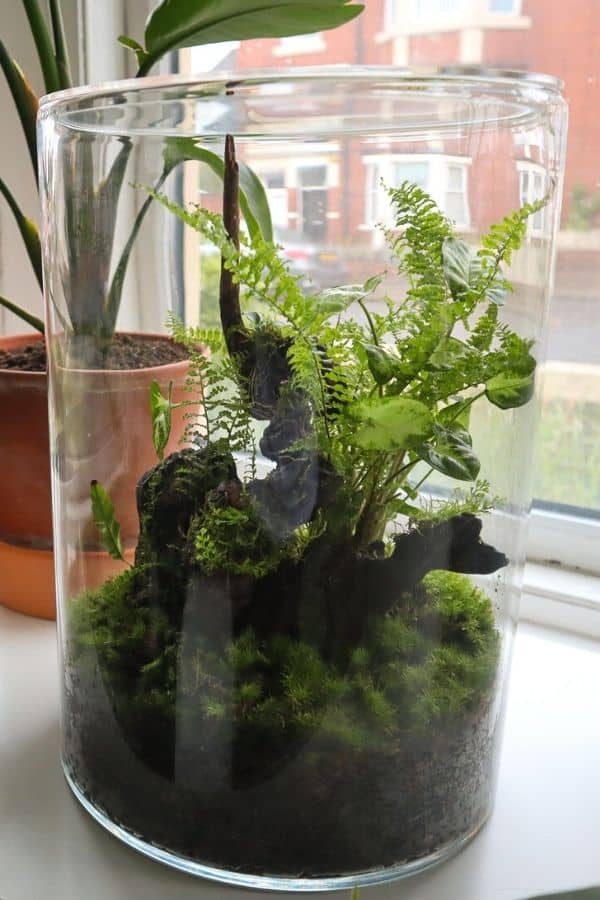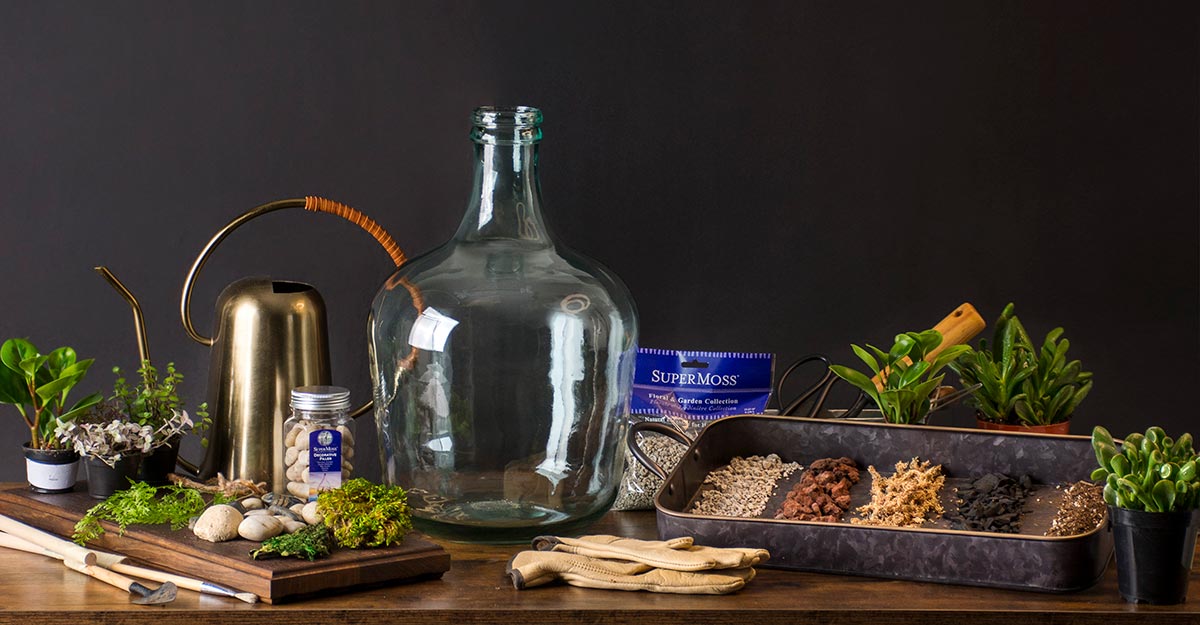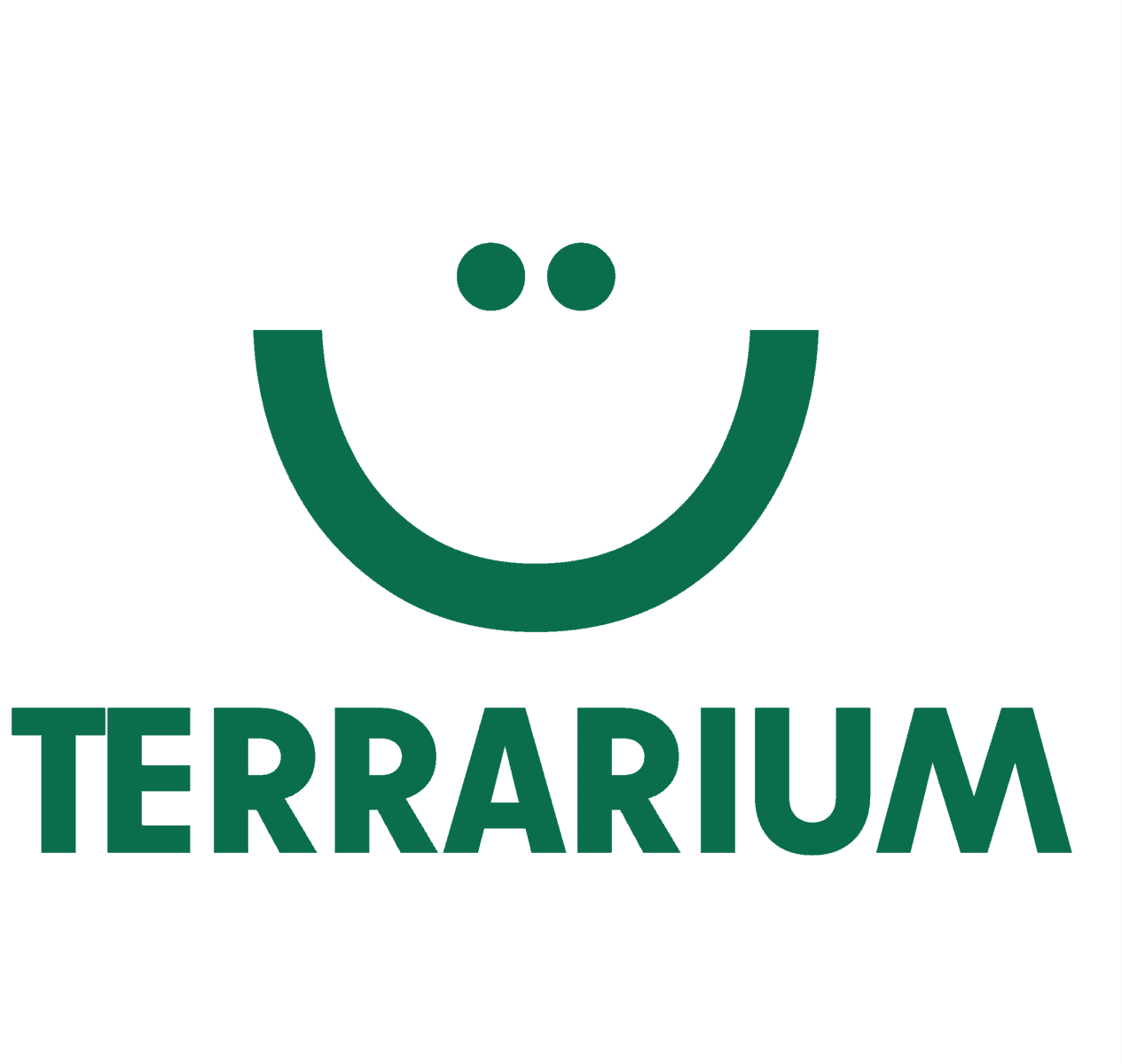What is a sealed terrarium?

A sealed terrarium is a miniature garden enclosed in a glass or plastic container. It is a self-sustaining ecosystem that requires minimal maintenance and creates a beautiful display of nature indoors. The container is sealed to create a humid environment, allowing the plants inside to thrive without the need for frequent watering.
Benefits of a sealed terrarium

Low maintenance
One of the major advantages of a sealed terrarium is its low maintenance requirements. Once set up, it can thrive with minimal intervention. The enclosed environment helps to retain moisture, reducing the need for regular watering. This makes it an ideal choice for busy individuals or those with a less-than-green thumb.
Self-sustaining ecosystem
A sealed terrarium creates a self-sustaining ecosystem where plants recycle moisture through transpiration. The moisture evaporates from the plants’ leaves, condenses on the container walls, and then drips back down to the soil. This continuous cycle helps to create a balanced and self-regulating environment for the plants to thrive.
Improved air quality
Sealed terrariums can also improve indoor air quality. Plants naturally absorb carbon dioxide and release oxygen through photosynthesis. By having a sealed terrarium in your home or office, you can enjoy the benefits of increased oxygen levels and reduced carbon dioxide, creating a healthier and more refreshing environment.
Choosing the right container for your sealed terrarium

Glass containers
Glass containers are the most popular choice for sealed terrariums due to their aesthetic appeal and transparency. They allow for better visibility of the plants and create a beautiful display. Additionally, glass containers are non-porous, which helps to retain moisture and create the ideal humid environment for the plants.
Plastic containers
Plastic containers are a more affordable alternative to glass containers. They are lightweight and less prone to breakage, making them a practical choice for those who want to create a sealed terrarium on a budget. However, it’s important to choose a plastic container that is clear and transparent to allow for proper light penetration.
Choosing the right size
When selecting a container for your sealed terrarium, consider the size of the plants you intend to include. A larger container will provide more space for the plants to grow and spread their roots. However, a smaller container can create a more compact and visually appealing terrarium. It’s important to strike a balance between the size of the container and the plants you choose.
Choosing the right plants for your sealed terrarium

Succulents
Succulents are a popular choice for sealed terrariums due to their ability to thrive in dry conditions. They have fleshy leaves that store water, allowing them to withstand periods of drought. Some suitable succulents for sealed terrariums include Haworthia, Echeveria, and Aloe vera.
Air plants
Air plants, also known as Tillandsia, are another excellent choice for sealed terrariums. They do not require soil and absorb moisture and nutrients from the air. Air plants come in various shapes and sizes, adding a unique and exotic touch to your terrarium.
Mosses
Mosses are perfect for creating a lush and green landscape in your sealed terrarium. They thrive in humid environments and require minimal light. Mosses help to retain moisture and create a natural carpet-like appearance in the terrarium.
How to create a sealed terrarium

Layering the materials
To create a sealed terrarium, start by layering the materials in the container. Begin with a layer of small rocks or pebbles at the bottom to provide drainage. On top of the rocks, add a layer of activated charcoal to keep the terrarium fresh and prevent odors. Finally, add a layer of potting soil, ensuring it is deep enough for the plants’ roots.
Planting the terrarium
Once the layers are in place, it’s time to plant your terrarium. Start by arranging the plants in the desired layout, considering their growth habits and sizes. Dig small holes in the soil and gently place the plants, ensuring their roots are covered. Press the soil lightly around the plants to secure them in place.
Sealing the container
After planting, it’s crucial to seal the container to create the desired humid environment. Place the lid or cover on the container and ensure it is tightly sealed. This will help to retain moisture and create the optimal conditions for your sealed terrarium to thrive.
Caring for your sealed terrarium

Watering
While sealed terrariums require minimal watering, it’s essential to monitor the moisture levels. If you notice condensation on the container walls, it means there is enough moisture inside. However, if the terrarium appears dry, you can lightly mist the plants with water. Avoid overwatering, as it can lead to root rot.
Pruning
Regular pruning is necessary to maintain the desired shape and prevent overcrowding in your sealed terrarium. Trim any yellow or dead leaves to promote healthy growth. Additionally, remove any plants that have outgrown the terrarium or are competing for space and resources.
Monitoring humidity levels
It’s important to monitor the humidity levels inside your sealed terrarium. If condensation is excessive, you can temporarily remove the lid to allow some moisture to escape. On the other hand, if the terrarium appears dry, you can lightly mist the plants or add a small amount of water to the soil.
Troubleshooting common issues with sealed terrariums

Condensation
Excessive condensation can be a sign of high humidity levels inside the terrarium. To reduce condensation, temporarily remove the lid or cover to allow some moisture to escape. Additionally, ensure proper air circulation by opening the lid for a few minutes each day.
Mold or fungus growth
If you notice mold or fungus growth in your sealed terrarium, it’s important to address it promptly. Remove any affected plants or materials and adjust the humidity levels by temporarily removing the lid. Ensure proper air circulation and avoid overwatering to prevent mold or fungus from recurring.
Wilting or yellowing plants
Wilting or yellowing plants can be a sign of overwatering or inadequate light. Adjust the watering schedule and ensure the terrarium receives sufficient indirect sunlight. If necessary, move the terrarium to a location with better lighting conditions.
Conclusion

In conclusion, a sealed terrarium is a beautiful and low-maintenance way to bring nature indoors. It creates a self-sustaining ecosystem that requires minimal intervention and provides numerous benefits, including improved air quality. By choosing the right container, plants, and following proper care guidelines, you can enjoy the beauty and tranquility of a sealed terrarium in your home or office.
FAQs
-
How long do sealed terrariums last?
Theoretically, a perfectly optimized terrarium can last ridiculously long – years. Though, the average terrarium lasts only about 4 months to 2 years. Perfect conditions are not easy to provide, in fact, they’re almost impossible.
-
Do you ever open a closed terrarium?
Terrariums are fine if they are airtight, but we suggest removing the lid periodically (about once a week or even daily) to allow fresh air into your garden.
-
Should a terrarium be airtight?
It’s best to get a loose-fitting lid that allows some air to escape so that the plants can breathe. Air-tight sealing of any terrarium is a perfect invitation for mold to set up shop and kill your plants. Be sure that even with a loose fitting lid, once a week or so, you open the container to encourage air movement.
-
What are the disadvantages of a closed terrarium?
Poor air circulation: Because closed top terrariums are completely enclosed, they tend to have poor air circulation, which can be harmful to some plants and animals. Less natural lighting: Closed top terrariums allow less natural lighting to enter the enclosure, which can be detrimental to some plants.
Originally posted 2023-11-12 15:26:30.

